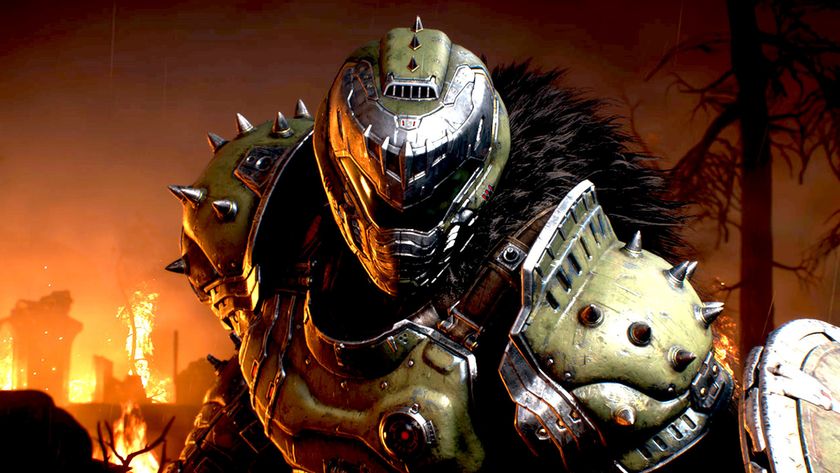9 game references that show your age
Where you stand on the generation gap may be more obvious than you think
This has always been something of a mushy term, widely used to describe games that are maybe somewhat action-oriented, but with slower pacing or more elaborate design than your typical action game.

Above: You know, like this
For one glorious, nearly 20-year period, however, “adventure” described a specific genre that began with text adventures and ended with what are now commonly called “point-and-click” games. In fact, during the Sierra-and-LucasArts-dominated ‘90s, any PC title referred to as an adventure game was automatically assumed to be a mouse-driven game about talking to random strangers, solving ridiculously opaque puzzles and/or clicking things on other things to see what happened.

Above: Or clicking on words, in a pinch
Of course, adventure games eventually lost their hold on the market, and with it their monopoly on the word “adventure.” Now, the term might as well apply to any game in which you can shoot and jump. If someone you know says differently, watch out: they may be a geriatric in disguise.

Above: That goes triple if they insist it should only apply to 1979’s Adventure
When you need a game to refer to as shorthand for the ever-growing genre of games that use one thumb/joystick to move, and another to shoot in any direction, what do you refer to? Strangely, this is actually something of a cultural touchstone for each generation of gamers. Those who came of age in the ‘80s, for instance, will almost always say “Robotron 2084,” which took arcades by storm after pioneering the concept way back in 1982.
Sign up to the 12DOVE Newsletter
Weekly digests, tales from the communities you love, and more
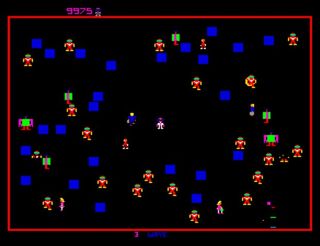
For ‘90s gamers, meanwhile, the point of reference is nearly always Smash TV, which was essentially the same game with much slicker visuals and an archly tongue-in-cheek game-show presentation.

For everyone else, your point of reference is most likely Geometry Wars, which almost single-handedly restarted the genre’s popularity by dint of its sheer awesomeness. Or, failing that, Cash Guns Chaos, iDracula, Everyday Shooter or any of the dozens of play-alikes that seem to crop up primarily on PSN and the iPhone. Psh, whatever. It’s like killing hundreds of enemies at a time with a constant bloom of 360-degree death isn’t even a special thing anymore.

Above: Bah!
It seems like “3D” has meant something different in nearly every era of gaming – and while gamers’ perception of what the term means tends to shift along with the zeitgeist, regardless of their age, it’s just interesting enough to be worth pointing out. Back in the rudimentary days of the early-to-mid-‘80s, games like Marble Madness, Q*bert and Zaxxon saw fit to call themselves 3D because they featured an illusion of depth.
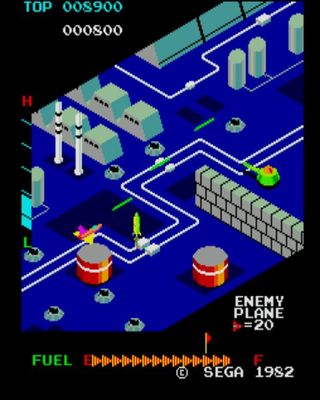
Above: Three dimensions of gameplay, circa 1982
Fast-forward a few years, and “3D” started to take on a more familiar meaning, as a handful of arcade games and RPGs presented their worlds from a first-person perspective.
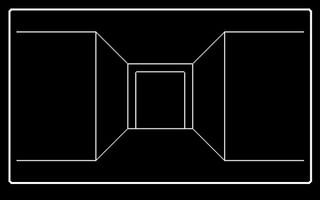
Above: Rudimentary 3D like this was made super-popular by games like Wizardry and (the dungeon segments of) Ultima
Then came real, actual 3D in the form of novelty arcade games like Dactyl Nightmare, although we were too hung up on calling them “virtual reality” to ever think of them as “3D.”
After that, the definition of 3D changed again, this time to refer to Wolfenstein 3D, Doom and the legion of first-person shooters they inspired.

Above: Technically this was 2D, but it was still way better than that last thing
It wasn’t long before they gave way to what’s probably the most enduring definition of 3D so far: polygons.
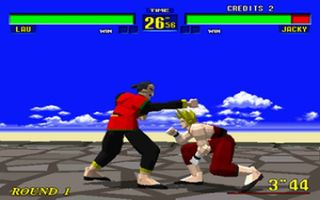
Above: Polygons!
While PCs and a few arcade games (including Dactyl Nightmare) had already been pumping them out for years before they got big, these became such hot shit back in the mid-‘90s – when they went from crude triangular boxes to convincingly three-dimensional objects – that 3D quickly became accepted shorthand for polygons and 3D-rendered graphics in general, if only because it was a convenient way of differentiating them from then-traditional 2D games.
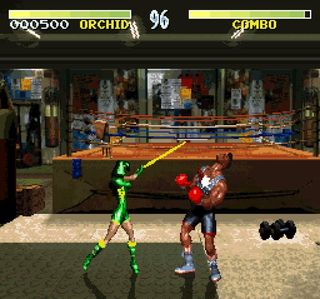
Above: Let’s not talk about the 3D-rendered 2D games

Above: Or the 2D games that were in 3D
This continued right up until around the past year, when what’s since become a major push toward stereoscopic 3D glasses once again forced us to re-evaluate our idea of what 3D is. Suddenly, referring to a game like Tomb Raider or Super Mario 64 as “3D” sounds oddly inappropriate. Funny how that works, isn’t it?
Most Popular







